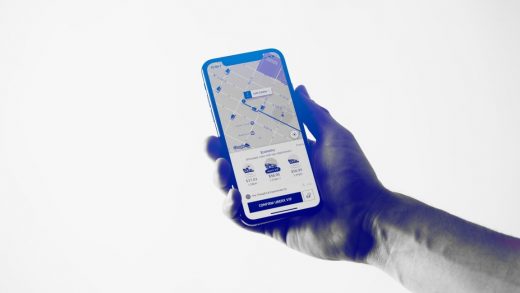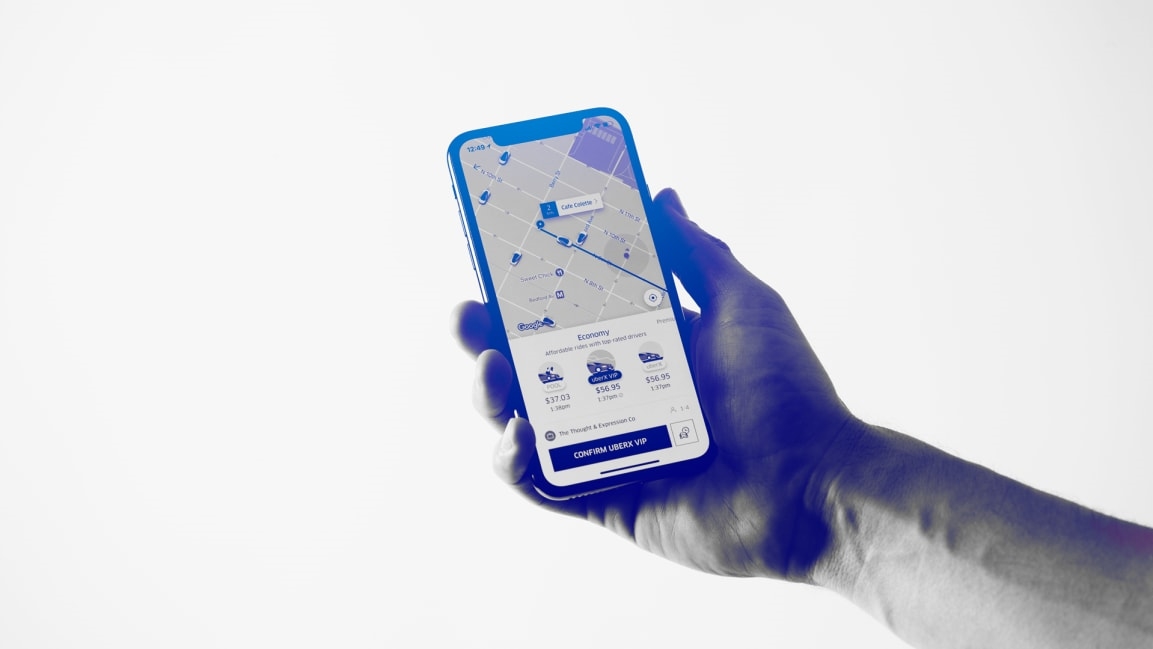In a ride-hailing reversal, Uber plays hero
Today, ride-hail drivers in New York City will begin receiving a new wage: a minimum of $17.22 per hour excluding expenses, thanks to new rules from the Taxi and Limousine Commission.
Unfortunately, not everyone is playing along. Lyft and Juno filed lawsuits on Wednesday over the new rates, arguing that they will force up prices and make it more difficult to compete with Uber, which has a larger share of the market than either company. New York Supreme Court judge Andrea Masley rebuffed the plea for a suspension of the wage hike, according to the New York Daily News. Instead the companies can keep their wages at the current levels and put the difference into an escrow account until the next hearing for their case.
At the heart of the complaint is a new factor in the driver earnings calculation involving something called a utilization rate, which quantifies how long a company has riders in its cars. For the first year, the utilization rate will be based on an “industry-wide average ” of 58%. The concern from Lyft and Juno is that that utilization rate is more reflective of Uber’s business, which captures more market share, than theirs.
Although Judge Masley offered Uber the opportunity to similarly withhold pay, Uber says, “we notified the Taxi & Limousine Commission and the Court that we do not intend to hold back any portion of drivers’ earnings.”
From a purely public relations perspective, this is quite the turn of events. Just a year and half ago, Uber was demonized for turning off surge pricing during a taxi workers’ strike at JFK airport. The wedge between Uber and its drivers was driven deeper when then CEO Travis Kalanick was caught on camera berating his Uber driver. These incidents and others allowed Lyft to emerge as the friendly alternative. At the same time that the hashtag #DeleteUber was flourishing on the web, Lyft promised to donate $1 million to the American Civil Liberties Union.
But this is a new day and Uber is under new leadership. With Lyft fighting a rule aimed at bringing hourly wages closer to $27.86 per hour, the company is not looking so nice. Juno, too, once one of the nice guys of ride hailing, promised early on to not only pay drivers more, but to give them equity, has since developed a very different reputation.
Jim Conigliaro Jr., founder of the Independent Drivers Guild, called Lyft and Juno’s lawsuit an attack on drivers by billion-dollar corporations that profit from their labor. “Lyft and the gang should be ashamed that while their executives and investors are millionaires, their drivers, who do all the work, take home less than minimum wage and are even taking their own lives out of desperation,” he said.
But let’s not get it twisted: Uber’s decision not to hold back wages may not be as noble as it might appear. A court could still determine that Juno and Lyft are right, that the new wage calculation favors Uber. Also, Lyft says that it plans to raise its driver pay rates in New York City to be in line with the new rule; it just won’t be using the TLC’s calculation method.
Despite Lyft’s promise to raise wages, the lawsuit gave Uber an opportunity to paint itself as a more ethical company.
Uber’s next challenge will be figuring out how to maintain its new image while also making its service cheap enough for riders. “We fully support the spirit of this rule, because it aligns with one of our core missions: to connect drivers to the best earnings opportunities,” the company wrote in a blog post announcing the changes. “However, we also want to do right by our riders and are working hard to ensure that your ride remains as affordable as possible.”
Updated with comment from Lyft
(42)



